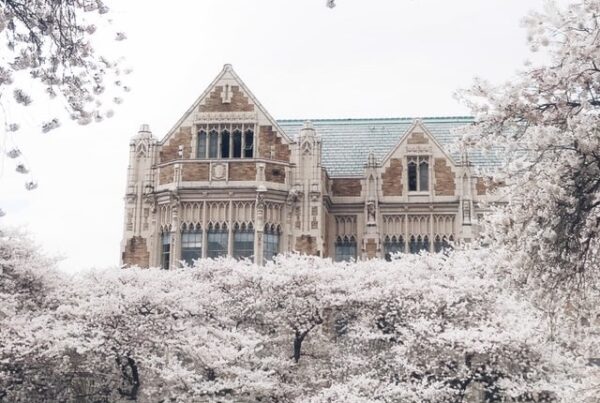Abstract: Content moderation plays an increasingly important role in the creation and dissemination of expression, thought, and knowledge. And yet, throughout the social media ecosystem, nonnormative and LGBTQ+ sexual expression is disproportionately taken down, restricted, and banned. The current sociolegal literature, which focuses on content moderation as a whole and sees echoes of formal law in the evolution of its values and mechanics, insufficiently captures the ways in which those principles and practices are not only discriminatory, but also resemble structures of power that have long been used to police queer sexual behavior in public spaces.
This Article contributes to the sociolegal literature by approaching content moderation from an explicitly queer perspective, bridging siloed scholarship on law, technology, and LGBTQ+ history. It argues that content moderation for “sexual activity” is an assemblage of social forces that encodes queerness as sexual in a way that straightness is not. This is the case because far from simply reflecting free speech principles, as several scholars have argued, content moderation in fact resembles oppressive anti-vice campaigns from the middle of the last century in which “disorderly conduct,” “vagrancy,” “lewdness,” and other vague morality statutes were disproportionately enforced against queer behavior in public. This analogy highlights underappreciated pieces of the content moderation puzzle. Like anti-vice campaigns, sexual content moderation emerged from similar sociolegal contexts, relies on similar justificatory discourses, leverages similarly vague rules, similarly operates mostly without rigorous, science-backed expertise in sexual content, also disproportionately silences queer content, and similarly does so without due process. Ultimately, I argue that like anti-vice enforcement, sexual content moderation results in the maintenance and reification of social media as “straight spaces” that are hostile to queer, nonnormative expression.
This Article provides a full, critical account of sexual content moderation and its effects on queer expression. It details and challenges the current content moderation literature and explores potential new directions for scholarship, moderation, and law. The similarities and differences between anti-vice enforcement and sexual content moderation also suggest a way forward, offering novel justifications for modest legal reform, social activism, and platform responsibility.



